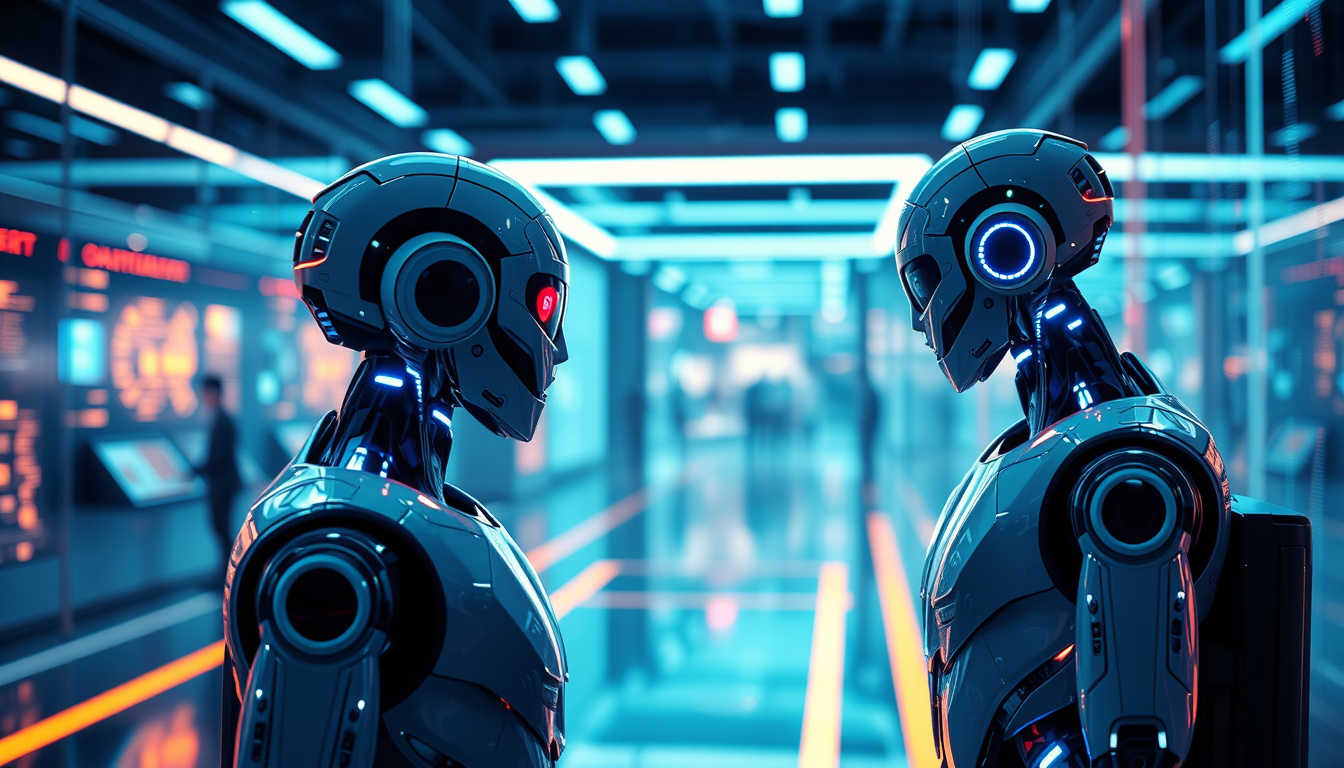In the rapidly evolving landscape of artificial intelligence, autonomous cognitive architectures stand out as transformative frameworks that are reshaping how intelligent systems are designed and operated. These architectures enable machines to perceive, reason, learn, and make decisions with minimal human intervention, offering unparalleled flexibility and adaptability. By integrating autonomous cognitive architectures into intelligent system design, developers can push the boundaries of what AI can achieve across diverse fields, from robotics and autonomous vehicles to healthcare and finance.
This article explores the foundations, benefits, and future implications of autonomous cognitive architectures, highlighting why they are revolutionizing intelligent system design today.
Understanding Autonomous Cognitive Architectures
At the core, an autonomous cognitive architecture is a computational framework that simulates human-like cognitive processes such as perception, memory, attention, reasoning, and learning. Unlike traditional AI systems which often rely on predefined rules or narrow task-specific algorithms, these architectures empower systems to adapt dynamically to changing environments, learn from experience, and make decisions autonomously.
Key Components of Autonomous Cognitive Architectures
- Perception Module: Processes sensory input (visual, auditory, etc.) to create a representation of the environment.
- Memory System: Stores information about the past, including experiences and learned knowledge.
- Reasoning Engine: Applies logical inference, planning, and problem-solving.
- Learning Mechanism: Updates internal models and improves performance through feedback and new data.
- Decision-Making Unit: Selects appropriate actions based on goals, environment, and internal states.
These components work synergistically to enable intelligent agents that can operate without continuous human oversight.
Why Autonomous Cognitive Architectures are a Game Changer
Enhanced Adaptability in Complex Environments
Traditional AI systems often falter when faced with unexpected challenges or novel situations outside their training data. Autonomous cognitive architectures, however, mimic human cognitive flexibility, allowing systems to generalize knowledge and adapt strategies in real-time. This is crucial in dynamic domains like autonomous driving, where unpredictable events require swift, intelligent responses.
Improved Efficiency Through Self-Guided Learning
Autonomous cognitive systems can self-initiate learning, optimizing their behavior without relying solely on labeled datasets or human input. Such architectures leverage reinforcement learning, curiosity-driven exploration, and meta-learning to continually improve, reducing the need for costly manual training and reprogramming.
Integration of Multimodal Information
By fusing data from multiple sensory inputs and reasoning over this integrated information, these architectures support holistic decision-making. This capability is a significant advance over siloed AI models that analyze only narrow data types.

Practical Applications of Autonomous Cognitive Architectures
Autonomous cognitive architectures are making significant impacts across industries. Below are some prominent examples:
1. Robotics
Robots equipped with autonomous cognitive architectures can navigate complex environments, recognize objects, and interact naturally with humans while adapting to unforeseen obstacles.
2. Autonomous Vehicles
Self-driving cars benefit from decision-making systems capable of assessing dynamic road conditions, predicting the behavior of other drivers, and planning routes safely and efficiently.
3. Healthcare
Intelligent diagnostic assistants can learn from patient interactions and medical literature, improving diagnostic accuracy and personalizing treatment recommendations.
4. Finance
Automated trading systems use cognitive architectures to analyze large volumes of market data, anticipate shifts, and execute trades autonomously with reduced human bias.
Designing Intelligent Systems with Autonomous Cognitive Architectures: Best Practices
Designing intelligent systems based on autonomous cognitive architectures requires careful consideration. Below is a list of best practices to ensure success:
- Define Clear Objectives: Establish the system’s goals, constraints, and operational environment upfront.
- Modular Design: Ensure cognitive components are modular to allow easy upgrades and integration.
- Robust Perception Capabilities: Invest in high-quality sensors and data fusion algorithms.
- Continuous Learning Frameworks: Integrate real-time feedback loops for ongoing learning and adaptation.
- Human-in-the-Loop Interfaces: Provide mechanisms for human oversight and intervention when necessary.
- Ethical AI Compliance: Implement safeguards to respect privacy, fairness, and safety principles.
- Comprehensive Testing: Validate system performance rigorously under diverse and challenging scenarios.
Following these guidelines helps maximize the benefits of autonomous cognitive architectures while minimizing risks.
Challenges and Future Outlook
Despite their promise, autonomous cognitive architectures face several challenges:
- Computational Complexity: Simulating human cognition in real-time can require vast computational resources.
- Explainability: Ensuring the decisions made by these systems are transparent and interpretable remains difficult.
- Generalization Limits: While more adaptive than traditional AI, current architectures still struggle with some forms of general intelligence.
- Ethical Concerns: Autonomous decision-making raises questions about accountability, bias, and societal impact.
Ongoing research in neuroscience-inspired algorithms, neuromorphic computing, and hybrid AI models continues to address these issues. According to a recent comprehensive review published in Nature Machine Intelligence, the future of autonomous cognitive architectures is bright, with emerging approaches aiming to enhance cognitive fidelity while optimizing efficiency (source).
Frequently Asked Questions (FAQ)
Q1: What exactly are autonomous cognitive architectures?
A: Autonomous cognitive architectures are computational frameworks designed to mimic human-like cognitive functions such as learning, memory, and reasoning, enabling AI systems to operate independently in complex environments.
Q2: How do autonomous cognitive architectures differ from traditional AI systems?
A: Unlike traditional AI that relies on fixed rules or specific training data, autonomous cognitive architectures emphasize flexibility, continual learning, and self-directed decision-making.
Q3: What industries most benefit from autonomous cognitive architectures?
A: Robotics, autonomous vehicle technology, healthcare diagnostics, and financial analytics are among the industries gaining the most from incorporating autonomous cognitive architectures.
Conclusion: Embrace the Future with Autonomous Cognitive Architectures
Autonomous cognitive architectures are truly revolutionizing intelligent system design by providing the foundation for AI systems that can think, learn, and act independently in an ever-changing world. Organizations willing to invest in these powerful frameworks will unlock new levels of innovation, efficiency, and reliability in their technology solutions.
Stay ahead of the curve—explore how autonomous cognitive architectures can transform your AI-driven projects today and lead the way into the future of truly intelligent systems.




